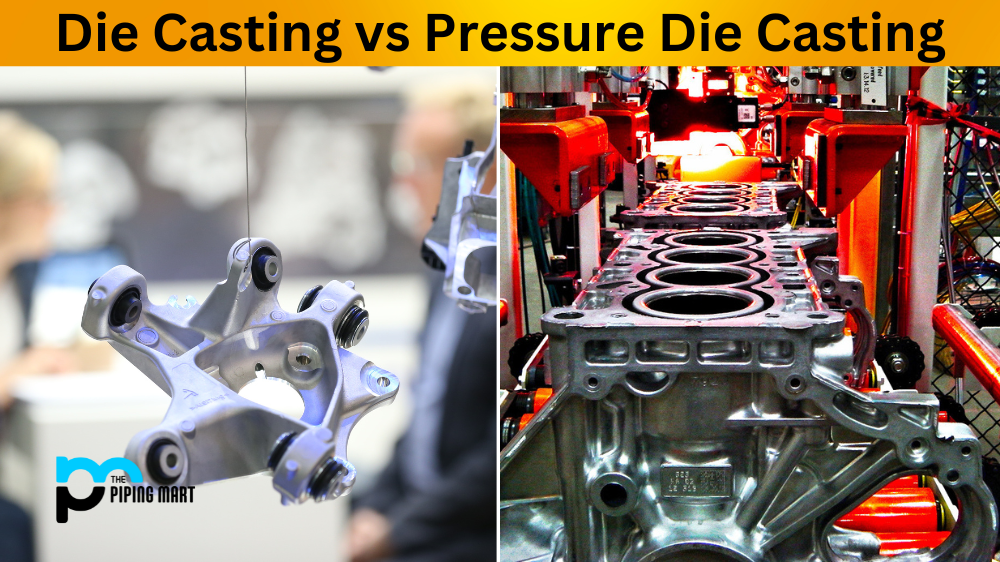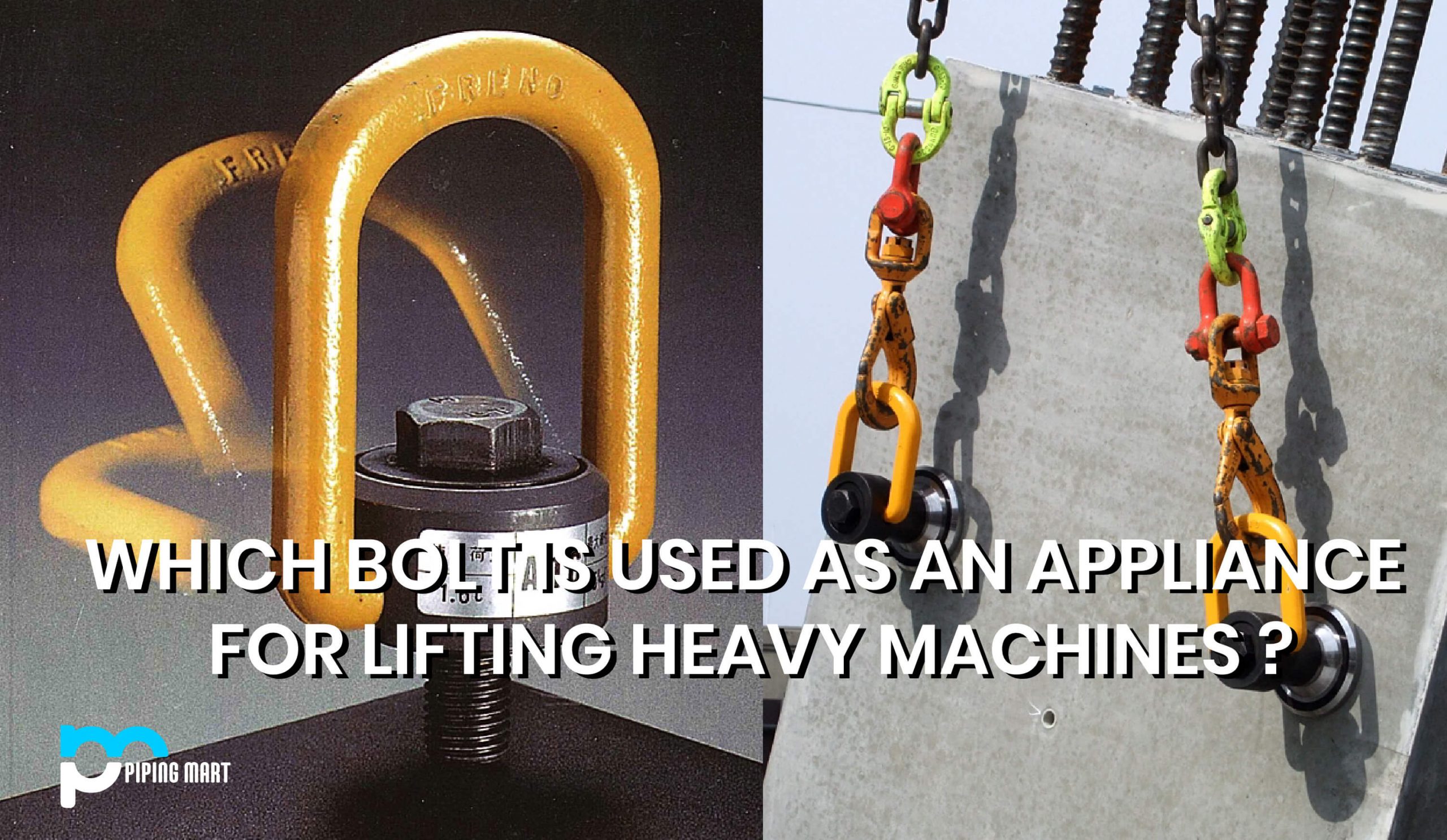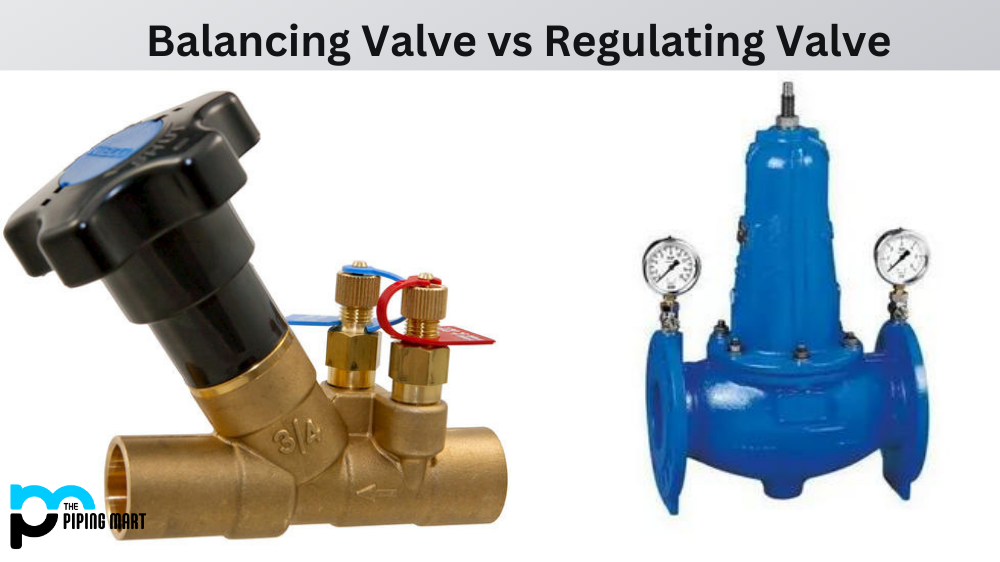When it comes to finding the right manufacturing process for your components, there are many different techniques available. Two of the more popular methods are die casting and pressure die casting. Both offer advantages and disadvantages and can be used in a variety of different scenarios. Let’s take a closer look at these two techniques so you can decide which one is right for your project.
Die Casting Process
Die casting is a versatile manufacturing process that involves melting metal into a liquid form and forcing it into a mould or “die” designed to give the desired shape of the final product. The metal is then allowed to cool and harden before being removed from the die. This process allows manufacturers to create precise components with intricate details quickly and cost-effectively. Die casting is commonly used for producing parts with complex shapes, tight tolerances, uniform wall thickness, and smooth surfaces. It also offers excellent dimensional stability, making it well-suited for parts that require precise dimensions over time. However, die casting does not provide exceptional strength or durability because of its low tensile strength compared to other production processes such as forging or machining.
Pressure Die Casting Process
Pressure die casting is another popular manufacturing method that uses extreme pressure to force molten metal into an accurately formed mould or “die”. Unlike standard die casting, which relies on gravity alone to fill the mould cavity, pressure dies casting uses high pressures—upwards of 10 tons—to achieve faster cycle times and higher precision castings. This process provides stronger parts than traditional die-cast parts due to its ability to produce denser walls through greater control over filling rates and flow patterns within the mould cavity. Pressure die-cast parts are also able to withstand high temperatures without distortion or warping. However, this method requires special equipment, such as high-pressure dies, which can be costly depending on the complexity of design requirements. Additionally, pressure die-cast parts often require additional finishing work, such as trimming or sanding, before they are ready for use in end products.
Difference Between Die Casting and Pressure Die Casting
- Die casting is a manufacturing process that involves injecting molten metal into a mould to create a desired shape.
- Pressure die casting is a type of die casting that uses high pressure to force the molten metal into the mould.
- Die casting is typically used for small, intricate shapes that require high accuracy.
- Pressure die casting is typically used for larger, more complex shapes that can withstand the high pressure required for this process.
- Die casting is typically faster and less expensive than other manufacturing processes, such as machining or injection moulding.
- Pressure die casting can be more expensive than die casting but can also be faster and produce parts with greater dimensional accuracy.
Conclusion:
When choosing between die casting and pressure die casting for your component production needs, it is important to carefully consider the specific requirements of your project to determine which technique will provide you with the best results in terms of cost, quality, accuracy and speed of production. Both processes offer advantages that make them suitable for a variety of applications; however, they each have their own unique pros and cons that should be taken into consideration when selecting the right option for your needs. With careful analysis and comparison between these two techniques, you can make an informed decision about which process will best suit your project requirements while providing you with optimal results within budget constraints.

Abhishek is a seasoned blogger and industry expert, sharing his insights and knowledge on various topics. With his research, Abhishek offers valuable insights and tips for professionals and enthusiasts. Follow him for expert advice on the latest trends and developments in the metal industry.




